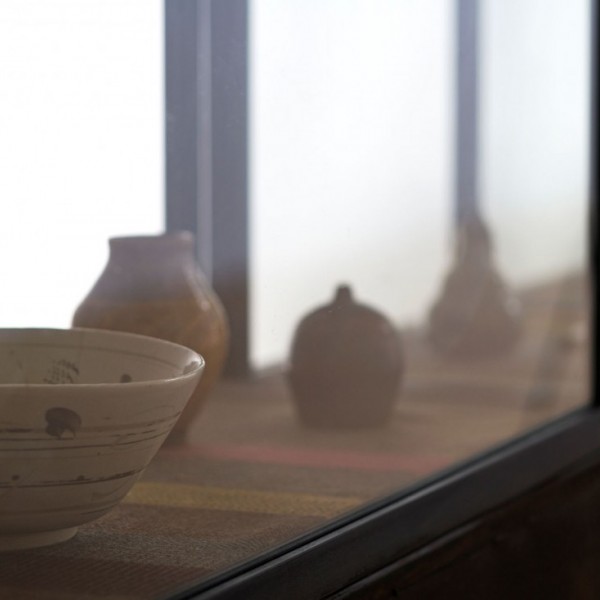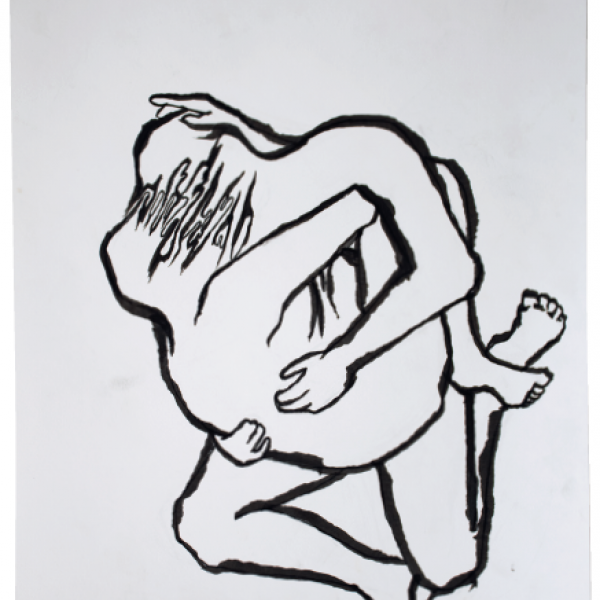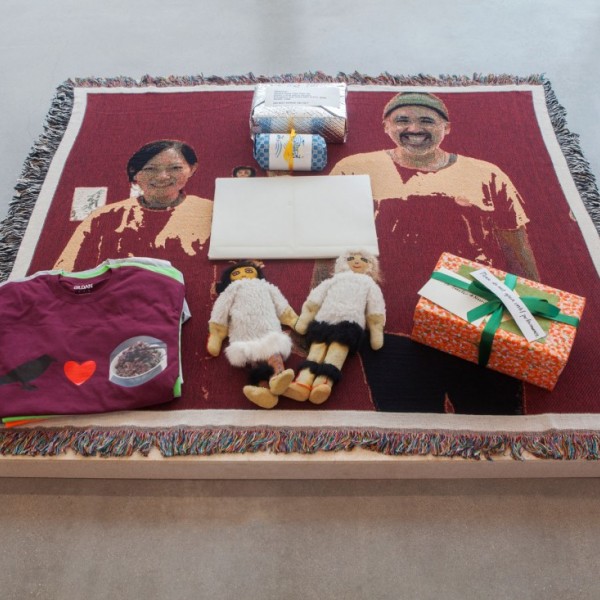Articles
-

Picasso Remixed
Responding to Picasso’s enduring influence, Barry Schwabsky writes: “The only way to become a historical successor to a Picasso was to transcend him completely.”
-

The Future Past: Painting in Our Time: Manuel Mathieu, Shaan Syed, Bea Parsons, Amanda Boulos
For our annual painting issue, Border Crossings went to Parsons and three other painters (Shaan Syed in London, UK; Haitian-born Manuel Mathieu in Montreal; and Amanda Boulos in Toronto) to talk about their engagement with this centuries-old storied art form.
-

Painting the Impossible Paintings
For our annual painting issue, Border Crossings went to Parsons and three other painters (Shaan Syed in London, UK; Haitian-born Manuel Mathieu in Montreal; and Amanda Boulos in Toronto) to talk about their engagement with this centuries-old storied art form.
-

Ways of Looking, Ways of Not Seeing
For our annual painting issue, Border Crossings went to Parsons and three other painters (Shaan Syed in London, UK; Haitian-born Manuel Mathieu in Montreal; and Amanda Boulos in Toronto) to talk about their engagement with this centuries-old storied art form.
-

Monotypology
For our annual painting issue, Border Crossings went to Parsons and three other painters (Shaan Syed in London, UK; Haitian-born Manuel Mathieu in Montreal; and Amanda Boulos in Toronto) to talk about their engagement with this centuries-old storied art form.
-

Family Archive
For our annual painting issue, Border Crossings went to Parsons and three other painters (Shaan Syed in London, UK; Haitian-born Manuel Mathieu in Montreal; and Amanda Boulos in Toronto) to talk about their engagement with this centuries-old storied art form.
-

Telling Details: The Painted Life of Salman Toor
We know well that certain subjectivities have been privileged over others throughout history; painting proves no exception. The works of 37-year-old New York painter Salman Toor grapple with that history by manifesting a hitherto underrepresented subjectivity.
-

Kai Althoff goes with Bernard Leach
Althoff shows himself in conjunction with what is in itself a significant show of 50 ceramics by Bernard Leach (1887–1979)— mostly pots, jugs and tiles but also two drawings, several buttons and a necklace. All in all, then, as unpredictable as you would come to expect.
-

Vivian Suter
Vivian Suter’s entangled approach to painting is powerfully materialized at the Brücke-Museum in Berlin where the artist’s free-form hanging style creates enchanting connections among her work, selected pieces from the museum’s collection and the museum’s own architecture.
-

Hunky Dory
“Time may change me, but I can’t trace time,” David Bowie sings in “Changes,” a song from his fourth studio album, Hunky Dory—an album that provided the inspiration for a recent collaborative show by the Winnipeg-based artists and lifelong friends Jen Funk and Alexis L. Grisé.
-

“Sovereign Intimacies”
“Sovereign Intimacies,” installed in Plug In ICA in partnership with the University of Winnipeg’s Gallery 1C03, lays out its curatorial premise in the title. “Intimacy” refers to the method invoked to create the art in the exhibition, all of which was made collaboratively.
-

Couzyn van Heuvelen
Visiting SBC Gallery in Montreal on a desolate afternoon during the second wave of COVID-19 outbreaks—my own breath warming the air between my face and mask—I meet van Heuvelen’s hovering pod, part of his playful travelling exhibition, “ᐃᕐᑭᐊᒻᒥᒐᕐᒃ | BAIT | APPÂT.”
Haven’t found what you're looking for? Explore our index for material not available online.

